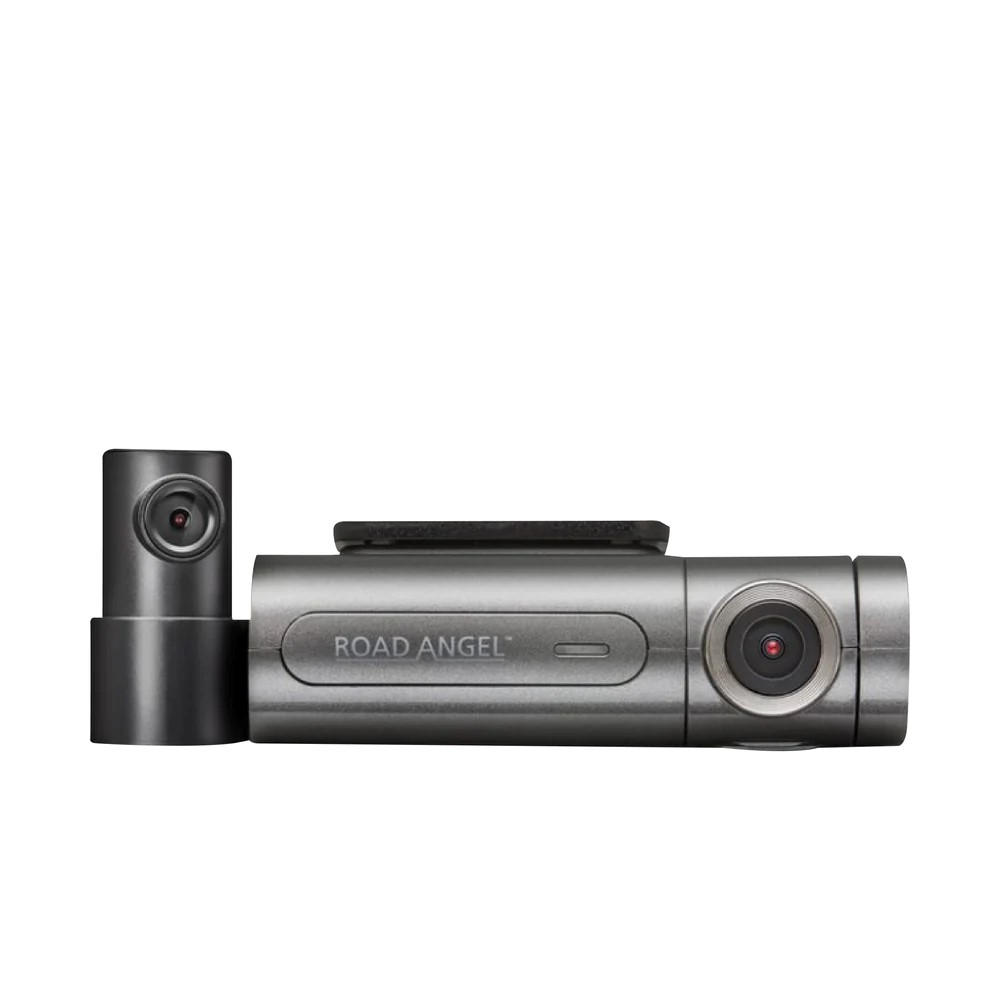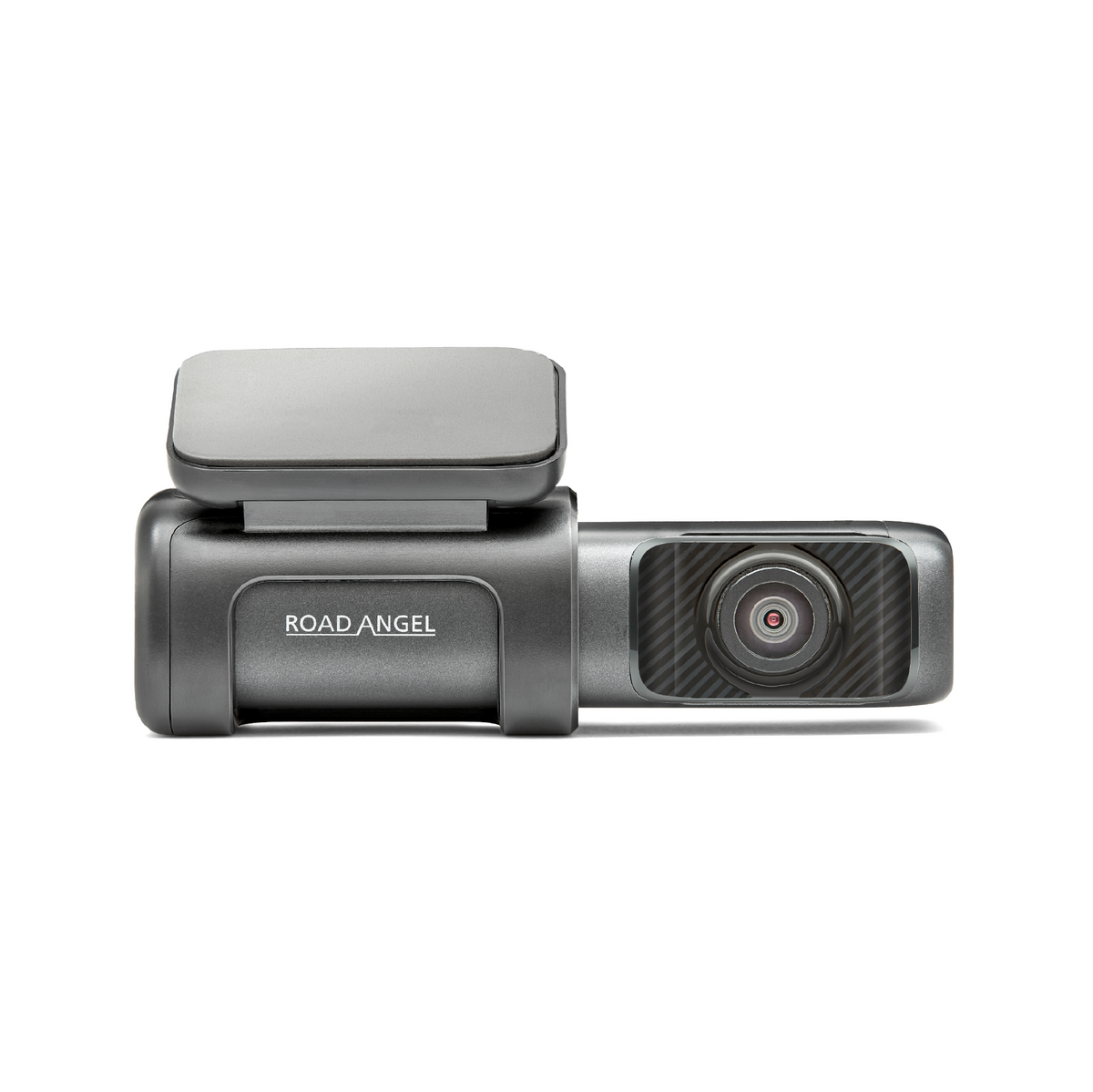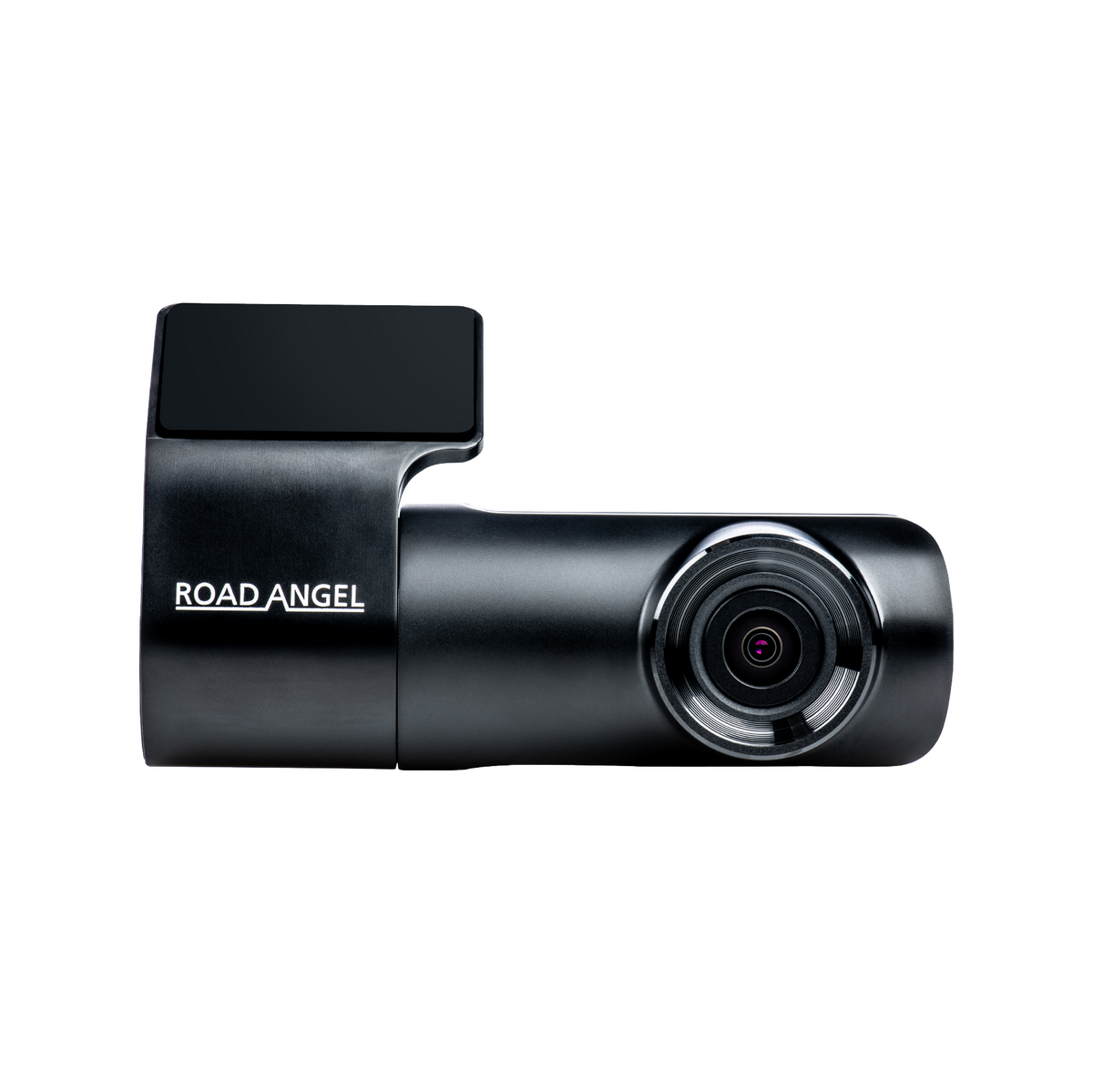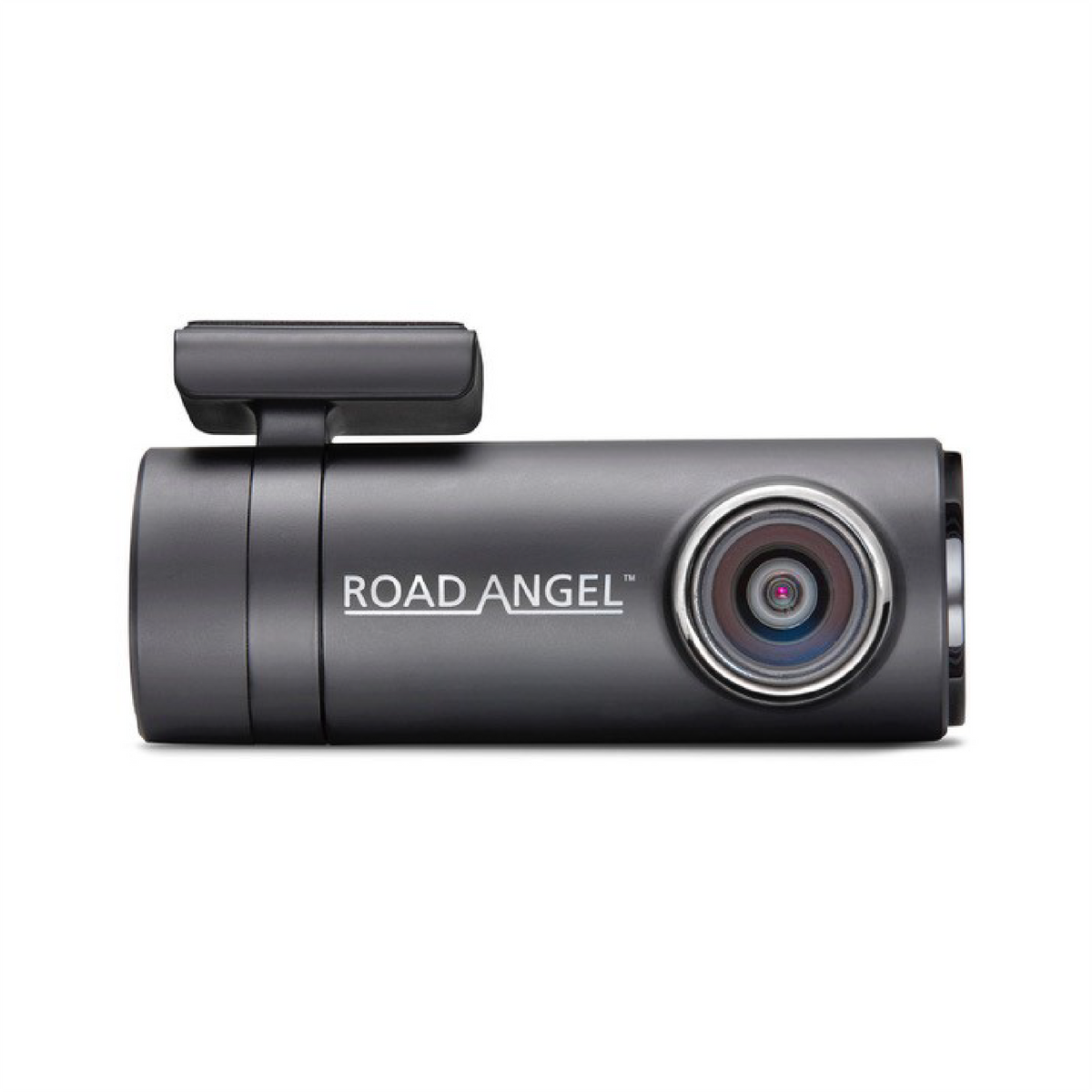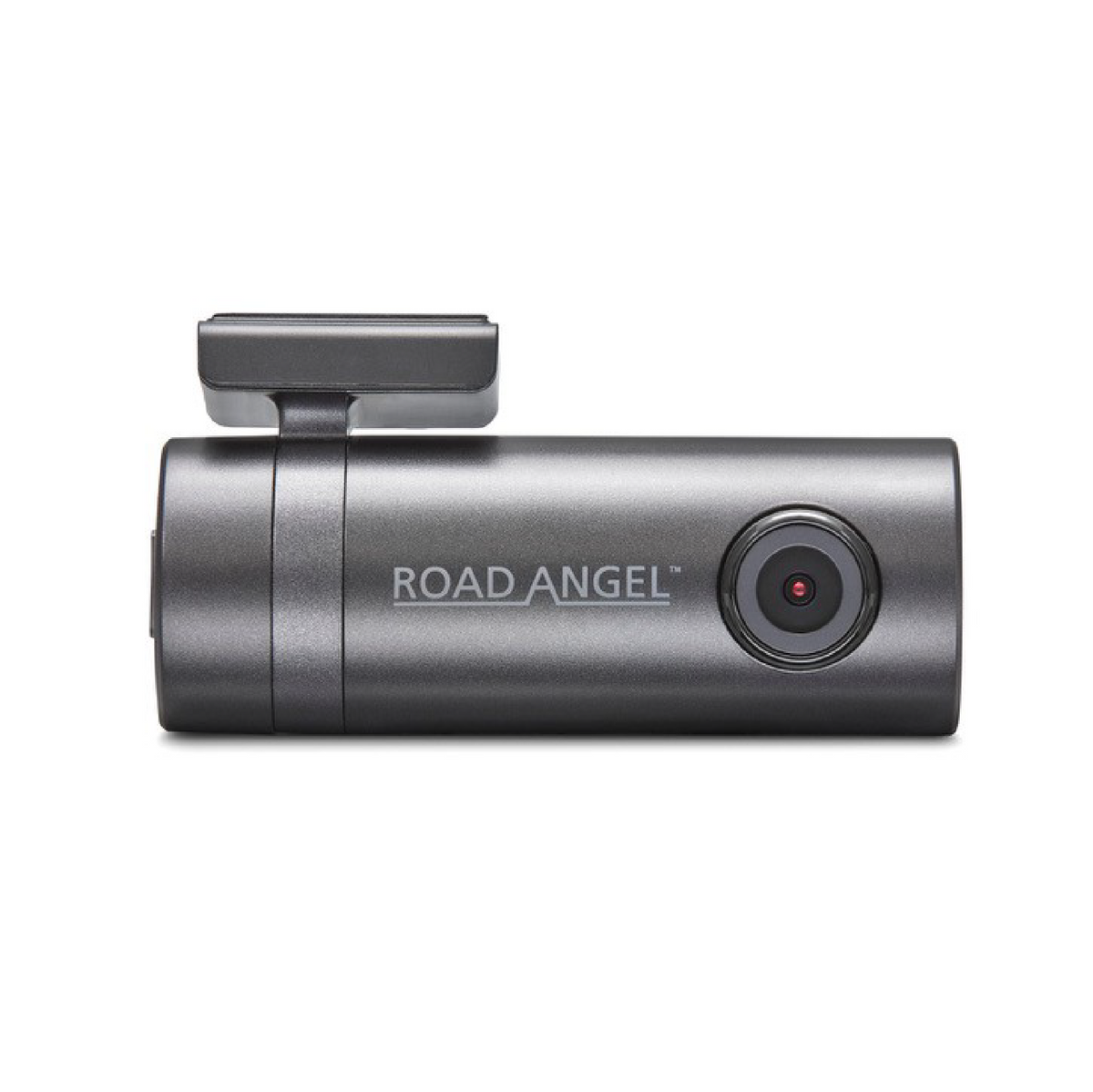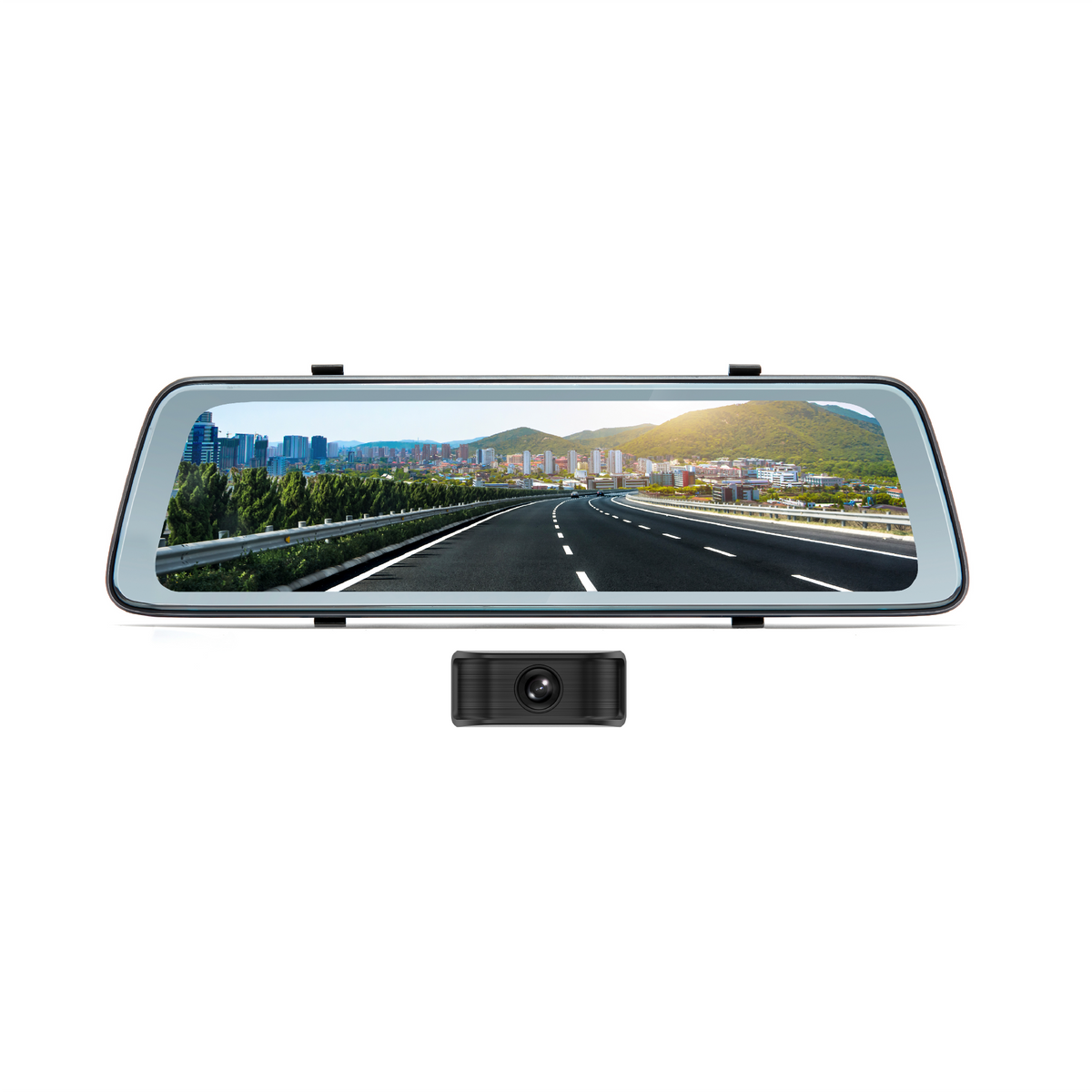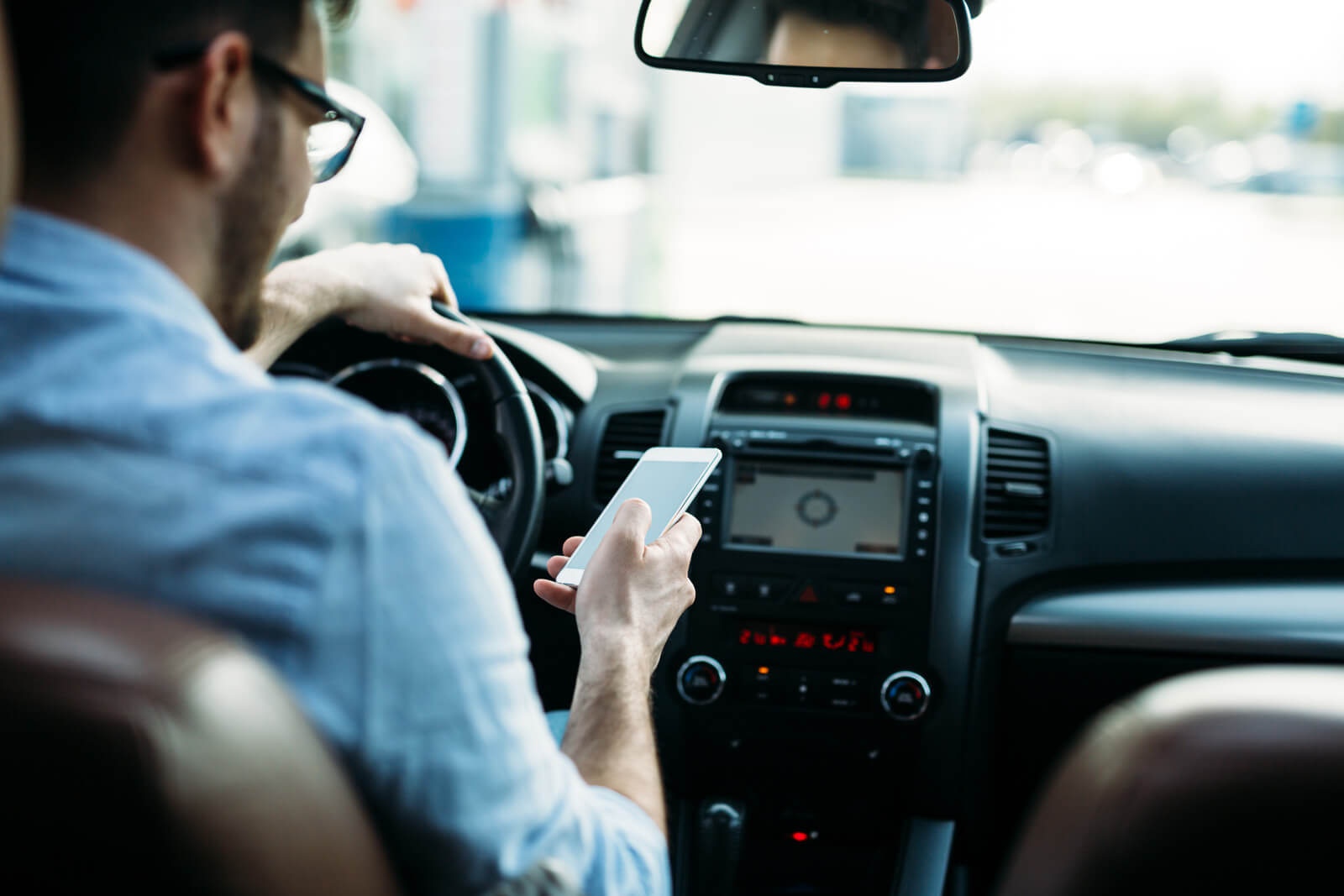Distracted driving is dangerous, with distracted or impaired driving claiming 458 lives in Great Britain in 2022, an increase from 374 in 2013.
According to the Department for Transport, 1,711 total fatalities were recorded in Great Britain in 2022, 10% higher than the previous year.
This means that distracted driving is responsible for around 1 in 4 deaths on Britain’s roads and the numbers are heading in the wrong direction.
Although most people recognise distracted driving as a problem, not everyone has the same idea of what it means to be distracted.
Many people think of talking on a mobile phone or texting, but distracted driving can go beyond these behaviours.
To make sure you’re making safe choices on the road we consider what distracted driving is and look at the best ways to help reduce distracted & fatigued driving.
What Is Distracted Driving?
Distracted driving can be anything that takes your attention away from the task of safe driving.
This includes engaging in any activity that diverts attention including talking or texting on your phone, eating and drinking, talking to people in your vehicle, and fiddling with the stereo, entertainment or navigation system.
It also includes mental or physical impairment caused by fatigue compromising your judgement and ability to drive safely.
Examples of distracted driving can include driving while:
- Talking and using a mobile device
- Texting
- Reading (e.g. books, maps)
- Programming a GPS
- Watching videos
- Eating or drinking
- Smoking or vaping
- Grooming
- Adjusting the in-car entertainment system
- Listening to extremely loud music
- Talking to passengers
Why Is Distracted Driving So Dangerous?
Distractions take a motorist's attention off the act of driving which can cause a driver to miss critical events such as the vehicle in front braking, a pedestrian crossing the road, or other cues that could result in a loss of control leading to an accident.
Distracted drivers put not only themselves at risk, but everyone else using the road.
Distracted driving can lead to:
- Reduced reaction time
- Impaired judgement
- Possibility of falling asleep behind the wheel
- Injuring or killing yourself, your passengers and/or other people
How to help reduce distracted driving
Driving requires your full attention. Here are some tips to help avoid distracted driving:
Put your mobile phone away
Keep your mobile phone out of your reach. Reduce the temptation to use it by keeping it out of sight, like in a bag, and turn the ringer off.
If you are using your mobile phone as part of a hands-free system, make sure it is set up to function properly without the need to touch your phone before starting on your journey
Plan your route ahead of time
Before you get in the car, know where you're going and how you're getting there. Plan how much time you'll need to reach your destination, what road closures to avoid, and the best time to leave.
If you are using a GPS, speed camera or awareness device, program it in advance and choose a system with a heads-up display that allows you to see the information in your peripheral line of sight so you do not need to glance down to view it.
Avoid eating and drinking while driving
If you need to take a drink, wait until you are stopped at a red light or pull in safely to a service station to take a break for food and drink.
Keep music at a reasonable volume
Music should never be so loud that you would not be able to hear a siren, or the screech of brakes from another vehicle. Keeping noise distractions to a minimum will give you the best chance of staying concentrated on the road.
Keep personal grooming for the home
It sounds obvious but don't apply makeup, shave, use creams or brush your teeth while driving. It can be tempting when you are running late to finish off grooming on the drive to your destination but this will almost certainly lead to you paying less attention to the road.
How to help reduce fatigued driving
You can't always predict when you will begin feeling drowsy. If you are struggling to stay awake, you shouldn't be behind the wheel, but if you do get tired, here are some tips to help reduce the risk of fatigued driving:
Get into good sleep habits
Plan ahead to make sure you get enough sleep before you go on a trip. Building a good sleep pattern weeks before you’re set to head off might be a struggle at first, but your body will eventually begin to adapt to the new schedule.
Plan rest stops
On long trips, switch drivers every few hours; you shouldn't be driving to the point of exhaustion. Try to schedule breaks every 2-3 hours and stop for 30 minutes to give you a good enough rest before getting back on the road.
Drive during daylight hours when possible
You are far more likely to feel fatigued at night during the hours you would usually be asleep so it's almost always better to schedule journeys during the day if you can. Driving at night can also feel more relaxed, with fewer road users to keep you engaged, lulling you into a false sense of security.
Travel with someone else
Having someone else in the car with you gives you the option to switch drivers to give each other some much-needed rest on a long journey. Even if the other passengers aren’t helping with the driving they can help keep you alert.
Take a nap before driving
If you have a long-distance drive planned, taking a nap before you set out will reduce sleepiness and improve alertness and reaction times.
Heads-up Safety Display
The Pure series acts as a "Heads-Up Display" to keep drivers concentrated on the road ahead!
This ultimately helps you be a safer, more focused driver.
In the newly designed interface, the Pure One gives you key information including Road Speed Limit, Digital Speedometer, Peripheral Alerts, and Safety Alerts. It also tells you the distance to the alert.
When mounted correctly, the Pure One will be visible in the Driver's peripheral line of sight.
Using a "heads-up display", drivers spend less time taking their eyes off the road.







